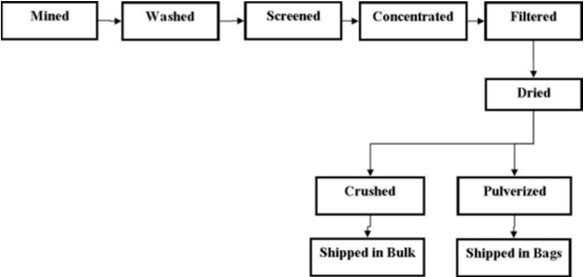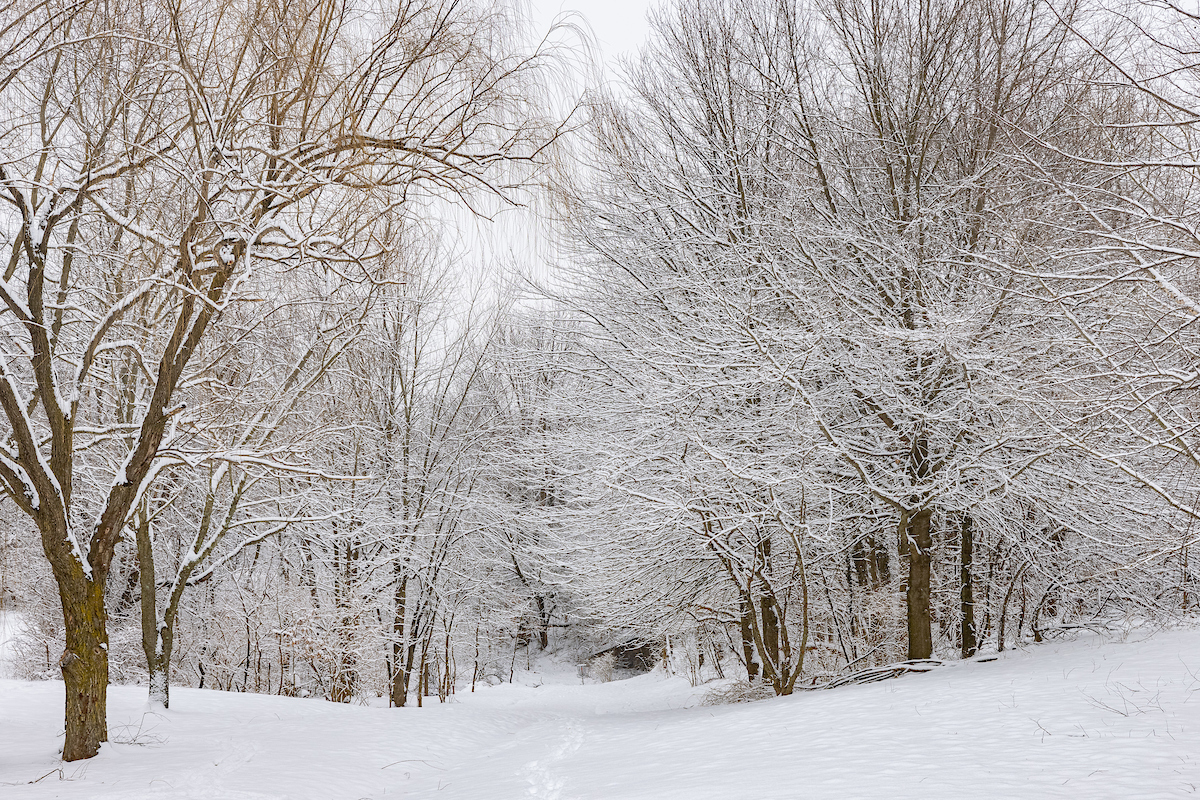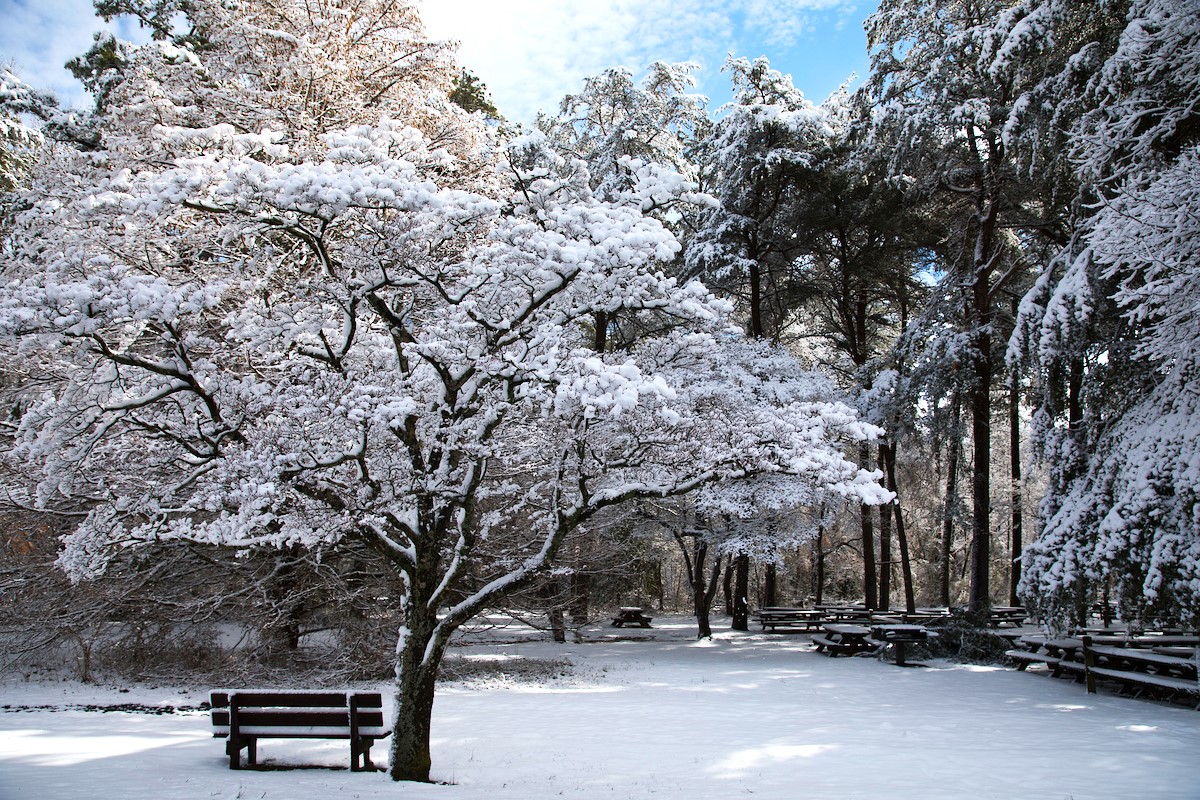
June 8, 2020
By: Katherine Evers, Assistant Superintendent at White Clay Creek State Park
Ever wonder where the name “White Clay” in White Clay State Park comes from? Read on to find out and learn about mining operations of the Newark China Clay Company that was located off of Pleasant Hill Road. At the facility here, workers hand-dug clay pits and processed kaolin for 30 years.

Victor Ullman began to capitalize on underground natural resources in 1912 with the opening of the Newark China Clay Company – funded mostly from his wife’s success in the Wilmington Brewery. Claypits were hand dug to a depth of 50 – 100 feet and 30 feet wide by crews of no more than six men. Mining clay was hard and dangerous work. Records show one employee died from falling into a 36ft pit in 1936. Clay was hauled out in massive buckets on a pulley system and then processed in the nearby facility.

Sketch map of Newark China Clay Company
The Clay Process
The processing began by washing the clay. The resulting runoff was dumped into “Muddy Run” – aka Middle Run. It was then screened for impurities and concentrated. Mica was filtered out. Then the clay was dried in “cakes,” loaded onto wagons, and taken to the Thompson Station. They shipped the “clay cakes” on trains running the NewarkPomeroy Line, and the clay was ultimately delivered to the Lenox China Company, the oldest china manufacturer in the United States. The Newark China Clay Company extracted and processed kaolin (white clay) for more than 30 years. This mine was located off Pleasant Hill Road by Corner Ketch and foundation ruins are still visible from the Tri-Valley Trail. Even though the mine is long gone and the pits have been filled, the veins of white clay still remain underground.

Kaolin Clay
Kaolin clay (aka “white clay”) is valued for its ideal properties for use in ceramics.: fine particle size, white color, and water absorption ability. When mixed with specific ratios of water, the clay becomes plastic, meaning it can be molded under pressure and then retain the shape when pressure is removed. Kaolin clay is produced by the weathering of Feldspar, a mineral which often appears pinkish or orange because of the iron oxide in its composition. However, white clay lacks this iron oxide and comes from white feldspar, samples of which can be found in the creek beds of White Clay Creek State Park.



